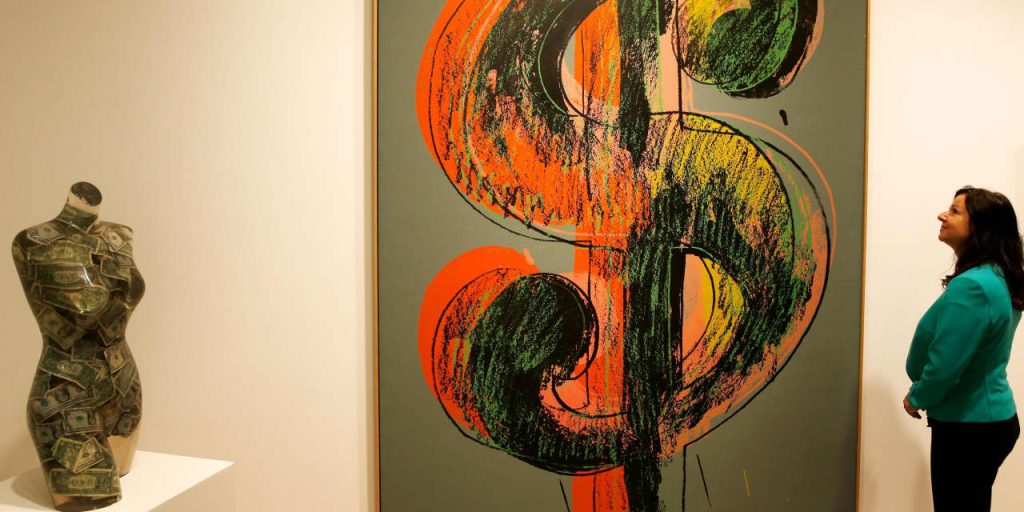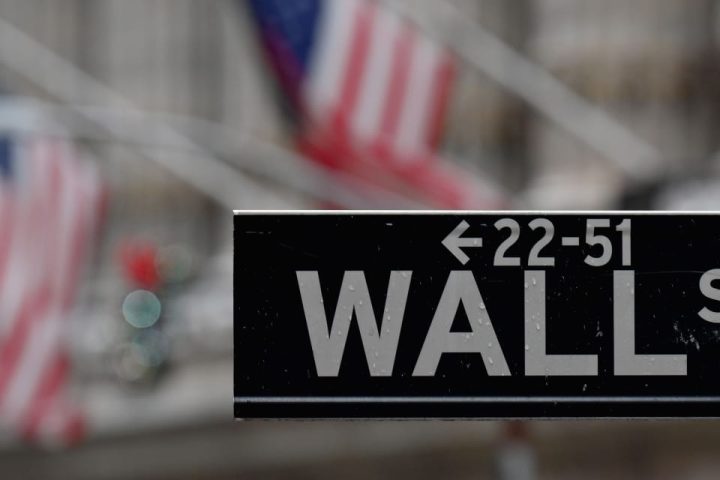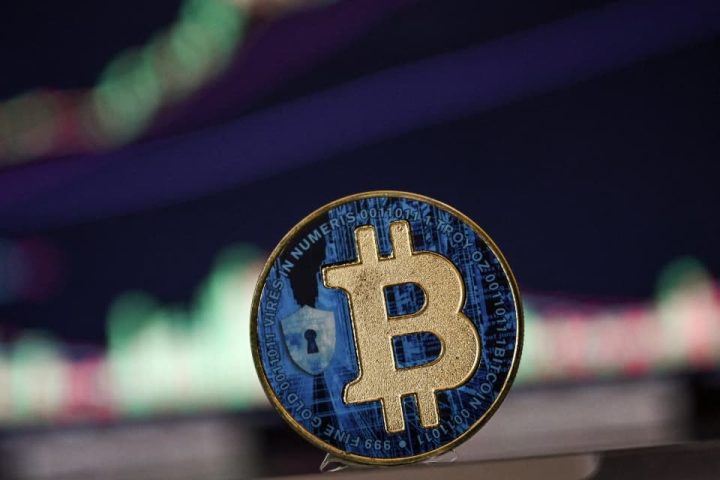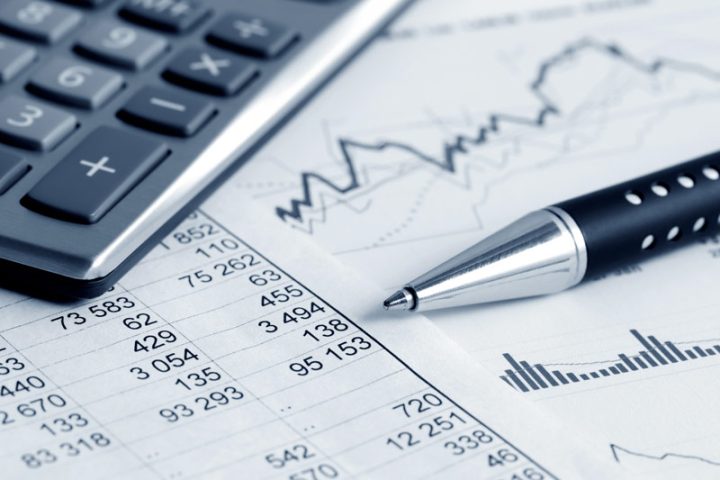By Saqib Iqbal Ahmed
NEW YORK (Reuters) -The edged down on Friday, hitting a near five-month low as data showed annual U.S. inflation slowed further below 3% in November, cementing market expectations for a U.S. interest rate cut next March.
In the 12 months through November, inflation, as measured by the personal consumption expenditures (PCE) price index, stood at 2.6%, easing from 2.9% in October.
Excluding the volatile food and energy components, the so-called core PCE price index advanced 3.2% year-on-year in November, the smallest rise since April 2021. The Federal Reserve tracks the PCE price measures for its 2% inflation target.
“The market will view the data as very much adding weight to the Fed’s recent tilt towards an easier monetary stance,” said Stuart Cole, chief macro economist at Equiti Capital.
“This is the Fed’s preferred measure of inflationary pressures, so if you take into account the fact that some of the effect of the tightening delivered to date is still to be felt, then I think the FOMC may well be starting to privately feel that it’s job done as regards getting inflation back under control,” he said.
The dollar has come under selling pressure after last week’s Federal Reserve meeting prompted traders to pencil in several rate cuts in 2024, starting as early as March. U.S. Federal Reserve officials have since been pushing back on the idea of rapid rate cuts next year.
The dollar index was last down 0.08% at 101.7, after dipping as low as 101.42, its lowest since late July.
The index is on pace to finish the year down about 2%.
The Federal Reserve’s dovish December pivot has boosted the case for the dollar to keep falling into 2024, though strength in the U.S. economy could limit the greenback’s decline.
“The Fed has moved to the front of the pack of the major central banks in terms of when the first interest rate cut will be delivered and this is exposing the USD to an interest rate differential that is working against it,” Equiti Capital’s Cole said.
On Friday, the dollar weakened to a near nine-year low against the Swiss franc and was last down 0.02%, back to January 2015 levels when the Swiss National Bank sparked significant volatility by discontinuing its policy of having a minimum exchange rate for the franc against the euro.
The euro was up 0.02%. The European Central Bank will need at least until spring before it can reassess its policy outlook and market expectations for an interest rate cut in March or April are premature, ECB policymaker Bostjan Vasle said on Monday.
Sterling gained 0.09% to $1.2703 as traders digested data that showed British retail sales in November jumped by much more than expected, but third-quarter GDP was revised lower.
The dollar edged higher against the yen last up 0.25% at 142.465 yen, after data showed Japan’s core inflation slowed sharply in November to a pace unseen in over a year, highlighting easing cost-push pressures that may give the central bank more time before phasing out its massive monetary stimulus.
The BOJ had, earlier this week, maintained its ultra-loose policy settings and offered few hints on when it could move away from negative interest rates.
The risk-sensitive Australian and New Zealand dollars traded higher on the day. The was last up -0.04% at $0.68, earlier having touched $0.6825, its highest since July. The traded up 0.07% at $0.62985, also a five-month high.
In cryptocurrencies, bitcoin slipped 0.34% to $43,726, just shy of the 8-month high of $44,729 hit earlier this month.. A spate of filings for spot bitcoin and ether ETFs, including from traditional finance heavyweights, has helped revive the crypto market this year after a series of meltdowns in 2022.
Read the full article here







